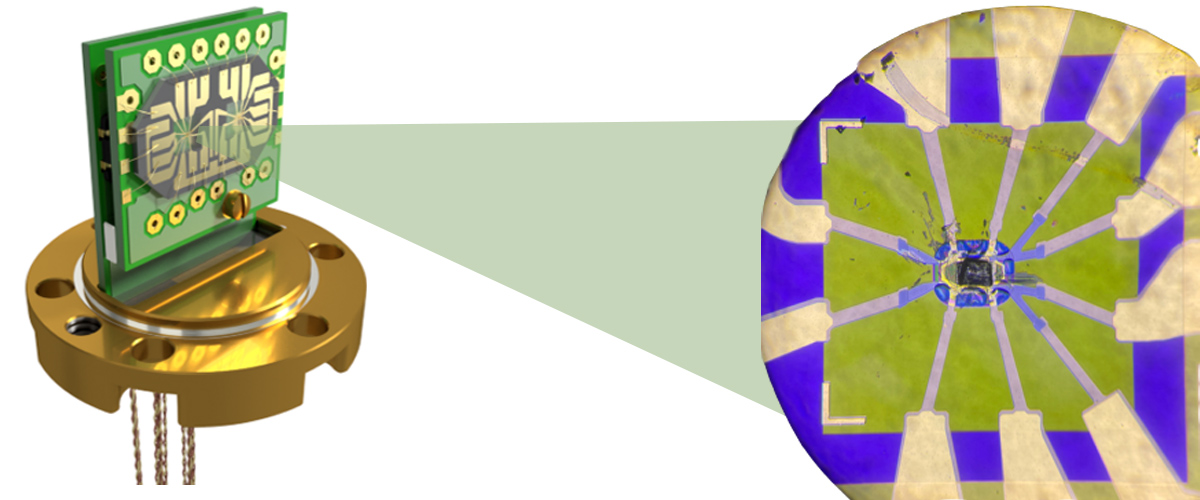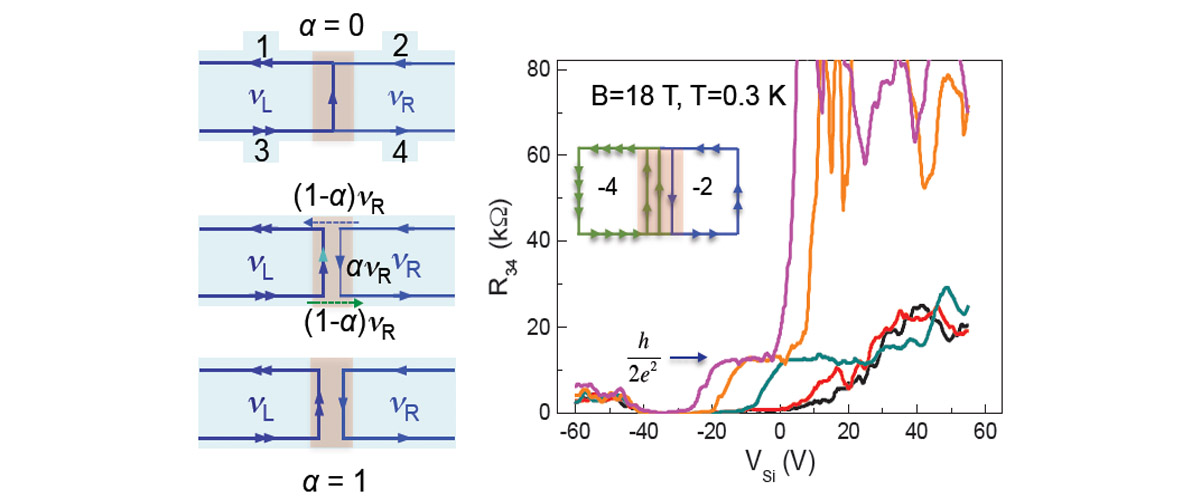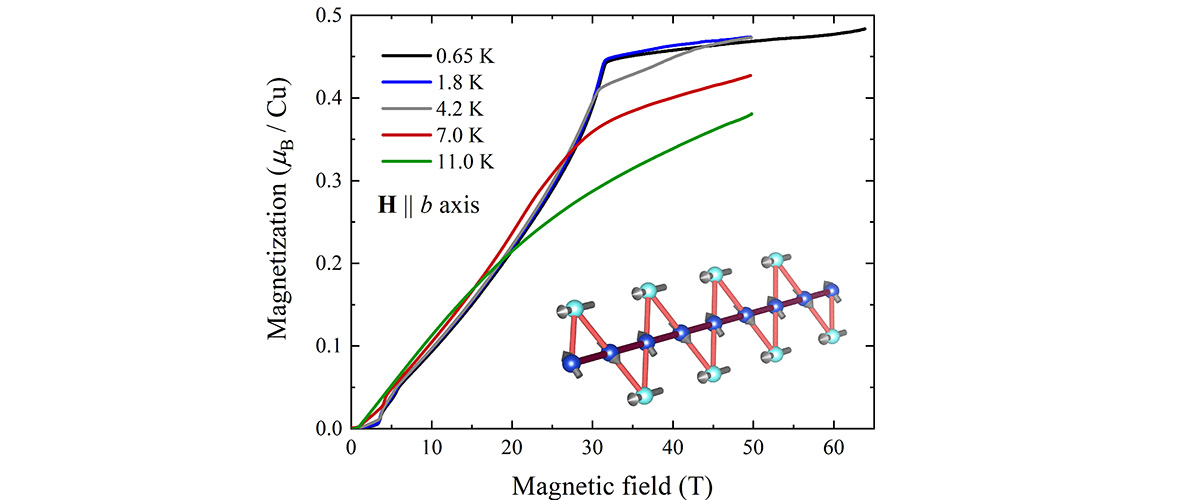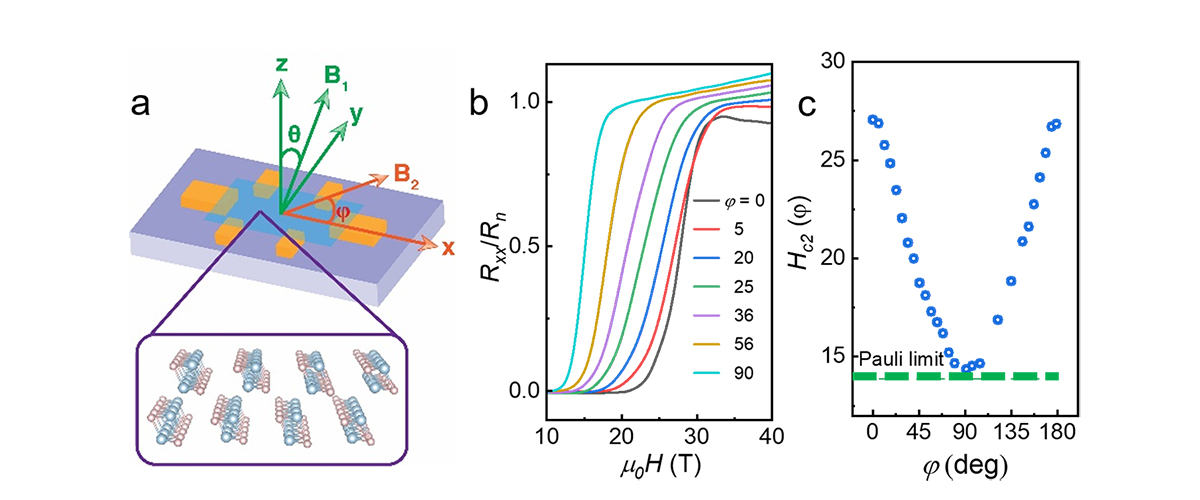What did scientists discover?
This collaboration of developed thermal impedance spectroscopy, a new technique that extends ac calorimetry techniques to greatly enhance the ability of scientists to measure specific heat in astonishingly small samples that weigh as little as one microgram. A well-known material, elemental indium, was chosen to demonstrate the unique ability of this technique to simultaneously extract the different components of the heat capacity - a fundamental property of all materials that probes low-energy excitations. This ability to separate different components of the specific heat will assist in the search for and study of novel phenomena of quantum materials in high magnetic fields...and zero fields too!
Why is this important?
Scientific exploration of materials is driven by our desire to discover new phenomena or find phenomena that have been predicted theoretically. Once identified, more detailed and better-quality experimental data are required to allow a better understanding of phenomena that, to date, defy theoretical explanation. Thermodynamic quantities like heat capacity and nuclear relaxation times are the gold standard for providing evidence of new states of electronic matter and for constraining theoretical models about those new states. Yet specific heat has traditionally been a very difficult measurement that requires large samples (oftentimes, samples that weigh several milligrams) in order to have a chance of achieving a sufficiently large signal to noise ratio.
Who did the research?
A. Kansili1, A. Bangura2, R.D. McDonald3, B.J. Ramshaw4, A. Rydh1 and A. Shehter3
1University of Stockholm; 2MagLab-Florida State University; 3MagLab-Los Alamos National Laboratory; 4Cornell University
Why did they need the MagLab?
The MagLab provided high-quality magnetic fields with low-noise ripple as well as the custom high-magnetic-field probes that enabled this highly sensitivity new technique to be developed. The sensitivity of the sensor used for this experiment can detect minute thermal changes in the sample – a remarkable achievement in the center of a magnet that has 38MW of electrical power and thousands of liters of cooling water coursing through it.
Details for scientists
- View or download the expert-level Science Highlight, Thermal Impedance Spectroscopy: A New Tool to Study Thermodynamics of Materials
- Read the full-length publication, Calorimetric measurement of nuclear spin-lattice relaxation rate in metals, in Physical Review B
Funding
This research was funded by the following grants: G.S. Boebinger (NSF DMR-2128556); Ramshaw (NSF DMR-1752784); Shekhter (DOE PHY-1607611); Ryhd (SRC, Grant No. 2021-04360)
For more information, contact Tim Murphy.






